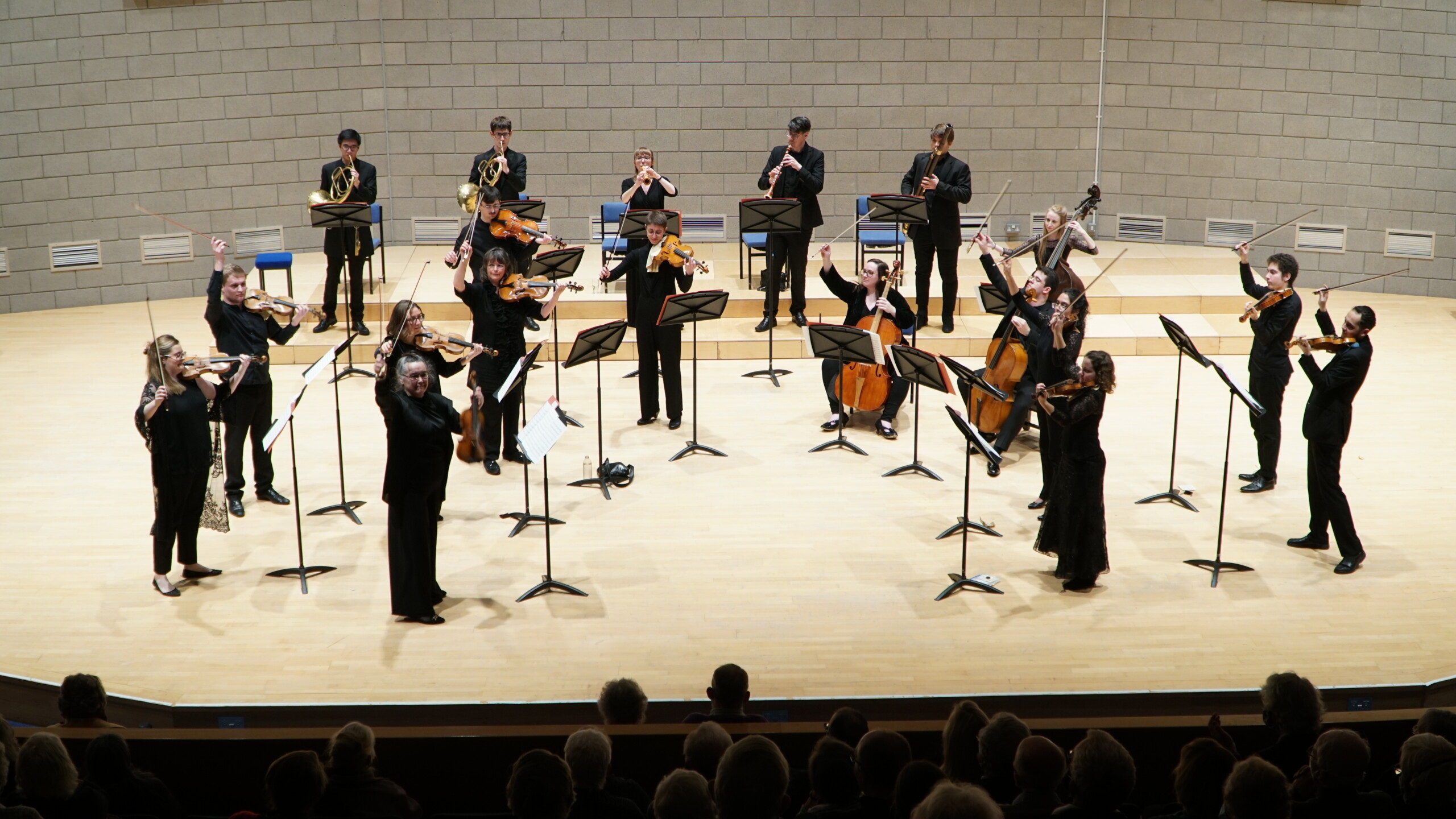Classical Drama by Haydn and Mozart
Margaret Faultless, Director
Haydn’s genius as a composer of symphonies and Mozart’s genius as an opera composer stand out for players and audiences alike. By the time the two Haydn symphonies in this programme were written (1772), Haydn had been at the court in Esterhazy for a decade. He knew his musicians, the Prince and his courtiers very well, and he understood their musical tastes. He knew how to excite them with his stream of new symphonies in which he constantly stretched the boundaries of the genre. We take a snap shot of Haydn at his most inventive and creative in which he teases us with witty ideas, sets up our expectations only to thwart them and plays with our emotions from the heights and the depths.
Fifteen years later, in 1787, Mozart was writing arguably the most dramatic opera of his life – the incomparable Don Giovanni. In order to experience substantial works in a chamber setting it was a common practice to create arrangements – of operas in particular, and this version for wind octet highlights the drama of Don Giovanni with brilliance and charm.
Joseph Haydn (1732 – 1809) Symphony No. 47 The Palindrome in G Major
Wolfgang Amadeus Mozart (1756 – 1791) Wind octet arrangements from Don Giovanni
Joseph Haydn Symphony No. 44 Trauer in E minor
THE OAE EXPERIENCE SCHEME
The Orchestra of the Age of Enlightenment (OAE) runs an annual scheme for exceptional young players to work alongside players from the OAE in courses, masterclasses, education projects and chamber concerts. Haydn’s symphonies are the backbone of the Experience projects. In workshops and rehearsals, students explore Haydn’s musical language and performance practice. They also discuss the intensely social aspects of the writing and the effects of this on their music-making and the interaction with the audience. The aim is to treat symphonies as enlarged chamber music with the whole group influencing and leading aspects of the rehearsals and performance.
Part of LIFEM23


